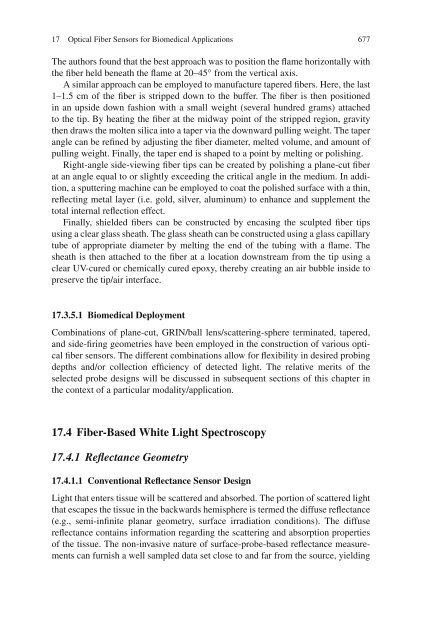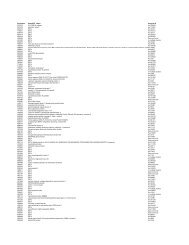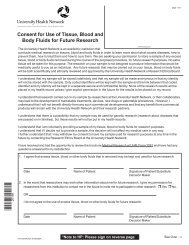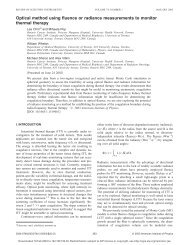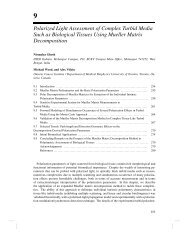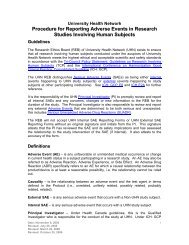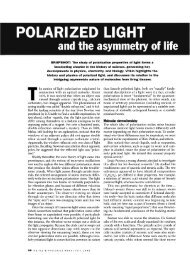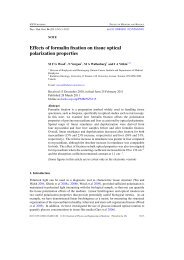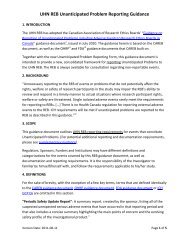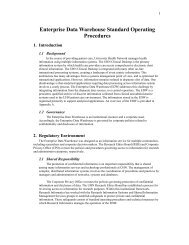Optical Fiber Sensors for Biomedical Applications
Optical Fiber Sensors for Biomedical Applications
Optical Fiber Sensors for Biomedical Applications
Create successful ePaper yourself
Turn your PDF publications into a flip-book with our unique Google optimized e-Paper software.
17 <strong>Optical</strong> <strong>Fiber</strong> <strong>Sensors</strong> <strong>for</strong> <strong>Biomedical</strong> <strong>Applications</strong> 677The authors found that the best approach was to position the flame horizontally withthe fiber held beneath the flame at 20–45 ◦ from the vertical axis.A similar approach can be employed to manufacture tapered fibers. Here, the last1–1.5 cm of the fiber is stripped down to the buffer. The fiber is then positionedin an upside down fashion with a small weight (several hundred grams) attachedto the tip. By heating the fiber at the midway point of the stripped region, gravitythen draws the molten silica into a taper via the downward pulling weight. The taperangle can be refined by adjusting the fiber diameter, melted volume, and amount ofpulling weight. Finally, the taper end is shaped to a point by melting or polishing.Right-angle side-viewing fiber tips can be created by polishing a plane-cut fiberat an angle equal to or slightly exceeding the critical angle in the medium. In addition,a sputtering machine can be employed to coat the polished surface with a thin,reflecting metal layer (i.e. gold, silver, aluminum) to enhance and supplement thetotal internal reflection effect.Finally, shielded fibers can be constructed by encasing the sculpted fiber tipsusing a clear glass sheath. The glass sheath can be constructed using a glass capillarytube of appropriate diameter by melting the end of the tubing with a flame. Thesheath is then attached to the fiber at a location downstream from the tip using aclear UV-cured or chemically cured epoxy, thereby creating an air bubble inside topreserve the tip/air interface.17.3.5.1 <strong>Biomedical</strong> DeploymentCombinations of plane-cut, GRIN/ball lens/scattering-sphere terminated, tapered,and side-firing geometries have been employed in the construction of various opticalfiber sensors. The different combinations allow <strong>for</strong> flexibility in desired probingdepths and/or collection efficiency of detected light. The relative merits of theselected probe designs will be discussed in subsequent sections of this chapter inthe context of a particular modality/application.17.4 <strong>Fiber</strong>-Based White Light Spectroscopy17.4.1 Reflectance Geometry17.4.1.1 Conventional Reflectance Sensor DesignLight that enters tissue will be scattered and absorbed. The portion of scattered lightthat escapes the tissue in the backwards hemisphere is termed the diffuse reflectance(e.g., semi-infinite planar geometry, surface irradiation conditions). The diffusereflectance contains in<strong>for</strong>mation regarding the scattering and absorption propertiesof the tissue. The non-invasive nature of surface-probe-based reflectance measurementscan furnish a well sampled data set close to and far from the source, yielding


